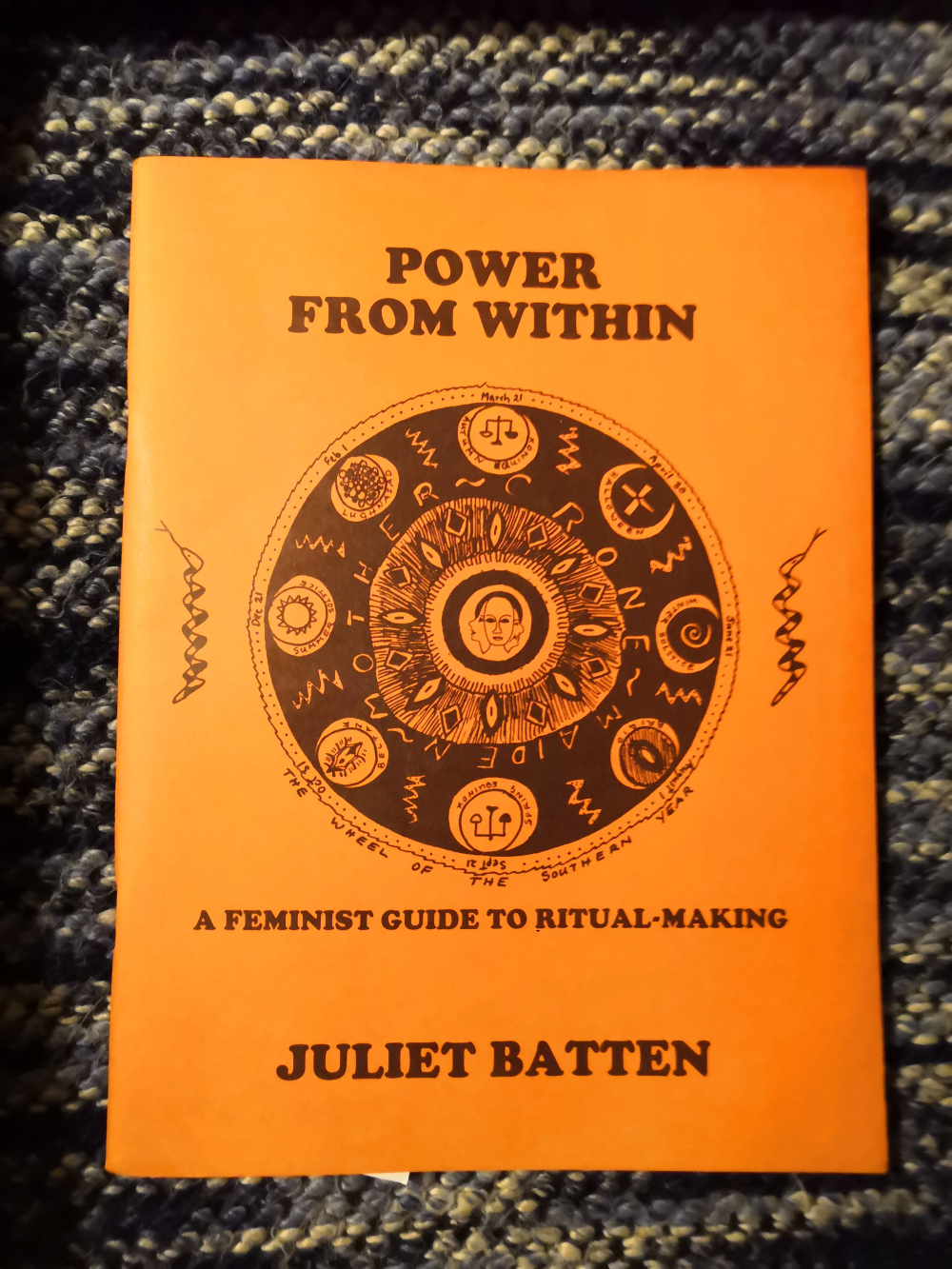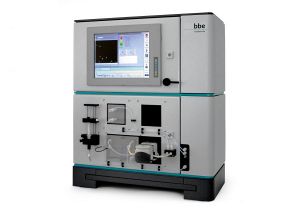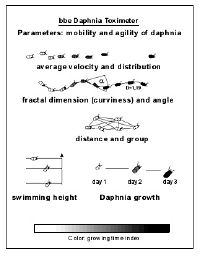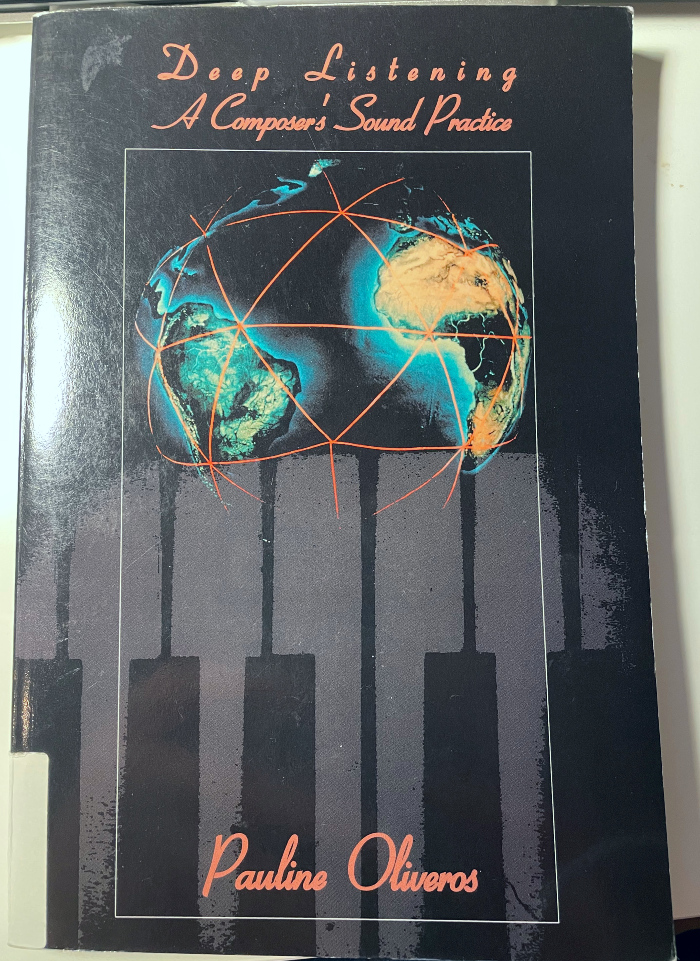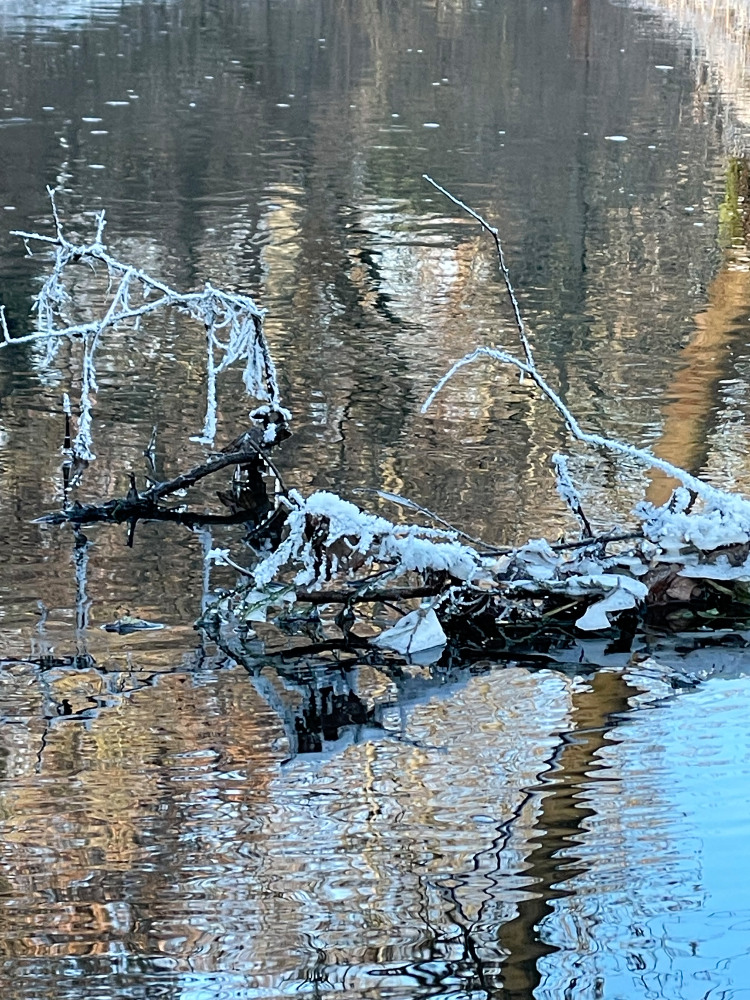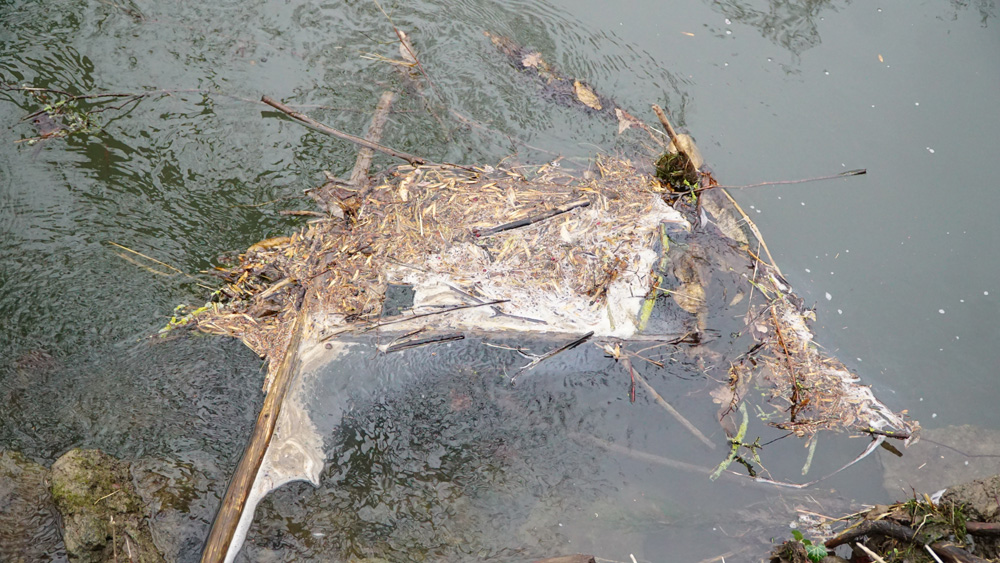SENSORS AND SENSING
1.12.2022 water sensor https://lastminuteengineers.com/water-level-sensor-arduino-tutorial/
The water sensor is used to detect the presence of water and is typically used to monitor water levels, detect the presence of water or leaks in spaces that need to be kept dry or detect rain fall. The water sensor is essentially a variable resistor that has more or less resistance depending on the amount of water it comes in contact with. It works very well at detecting the presence of water but the jump to the maximum range very quickly when more than a few drops of water are applied.
To connect the Arduino, water sensor and three LED's to indicate the amount of water present I followed the circuit diagram and code here: https://create.arduino.cc/projecthub/123lYT/simple-water-level-sensor-with-led-ebf3f7
In this example the sensor is being used as a rain indicator, so three states were defined: Dry Weather, Average rain and Heavy rain. Depending on the level of water present one of three LED lights would turn on and a corresponding message would be printed in the Arduino console.
int blue=2;
int red=3;
int white=4;
void setup () {
pinMode (blue,OUTPUT);
pinMode (red,OUTPUT);
pinMode (white,OUTPUT);
Serial.begin (9600);}
void loop() {
// read the input on analog pin 0:
int value = analogRead(A0);
Serial.println (value );
if (value > 500) {
Serial.println("Very heavy Rain");
digitalWrite (blue,LOW);
digitalWrite(red,HIGH);
digitalWrite(white,HIGH);}
else if ((value > 100) && (value <= 500)) {
Serial.println("AVERAGE Rain");
digitalWrite (red,LOW);
digitalWrite (blue,HIGH);
}
else{
Serial.println("Dry Weather");
digitalWrite (white,LOW);
digitalWrite (red,HIGH);
digitalWrite (blue,HIGH);
delay(100);
}
}
5.12.2022 Learning Ritual
I have committed to creating one ritual or action per week from now for the duration of the semester. I begin the practice of ritual making from an inexperienced and inhibited place. Making rituals and talking about spirituality makes me uncomfortable, but this is also exciting. I feel clumsy and out of place and so somehow that means this is the right path. To begin this journey I am learning from Jane Batten and reading her book Power From Within: A feminist guide to ritual-making. She gives step be step instructions for crafting your own rituals including how to plan and structure a ritual, examples for each stage of the ritual and tips around specific ceremonies. Batten also touches on my thinking around ritual - the fears and the reasons to pursue a ritual practice. She talks about the general disapproval to terms like 'ritual', 'spirituality' and 'witch', the feeling that ritual is not real and is more a personal indulgence and the fear that ritual might actually unleash a power within us, all of which touch on the resistance I feel to inhabiting a more spiritual way of being. However she notes "it is no use working to change structures if we do not also change ourselves, a key point that resonates with my reasons for beginning this process. I also identified with her critique of white New Zealander's as "living in a spiritually bereft culture" calling for us to not appropriate the spirituality of the Maori people but to "address our own spiritual needs, evolving a sense of ritual that is relevant for ourselves, right here and now". This is the departure point for this project.
10.12.2022 Daphnia as living sensor
Daphnia otherwise known as water fleas are used in water quality testing, to detect contamination with hazardous compounds. The DaphniaToximeter II is in use in water testing facilities around Germany.
Daphnia are used a biological sensor, as a living sensor within a machine, however we could also monitor the health of naturally occuring Daphnia in bodies of water to gauge the health of a river or lake.
I will develop a ritual to establish a connection with Daphnia here in the Ilm and perhaps to begin a practice of care, by checking in on them.
20.12.2022
Deep Listening Practice
Deep Listening is a process and a tool to aid in conscious listening. Developed by musician Pauline Oliveros this is a practice to expand our perception of sounds out into the environments around us, out into the 'space/time continuum of sound' and through this expansion to be connected with the environment. Deep listening practice consists of energy work, body work, breathe exercises, vocalising, listening and dream work. Working from the book Deep Listening: a composers sound practice by Oliveros I am exploring Deep Listening as a technique to develop connection with rivers. This is is also linking with work I am doing around soundscapes and recording the sounds of the river as a way of listening- with, being-with and making-with the river.
24.01.2023
GRATITUDE
I am grateful for the opportunity to slow down here
I am grateful for the water of the river Ilm
I am grateful for the water that flows through my body
I am grateful for the relaxing sound of the river
I am grateful for the rain, the snow and the fog of winter
I am grateful for the bountiful food that I eat
I am thankful for the beauty of the dancing reflection of light on the water
I am grateful for the peacefulness of this park on the Ilm
I am grateful for my access to clean drinking water
I am grateful to the Daphnia who live inside the Daphnia Toximeter II for their sensing work
I am grateful for the warmth and light of the sun
I am grateful for the trees breathing and cleaning the air
I am grateful for their shade, their colour, their beauty and their sounds
28.01.2023
RIVER ASSEMBLAGES
Thinking about Jane Bennett's Vibrant Matter, non-human bodies and the power of assemblages.



